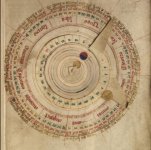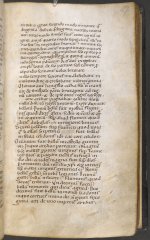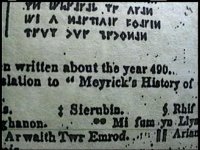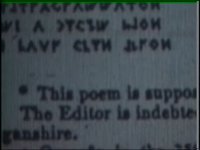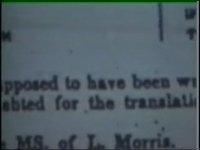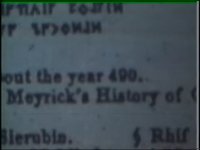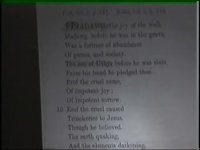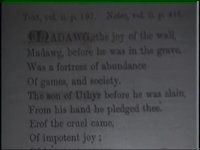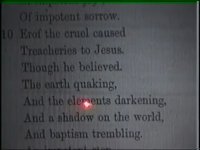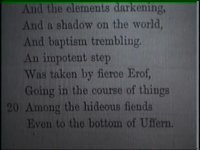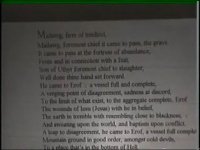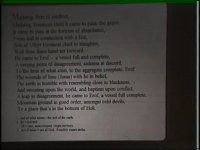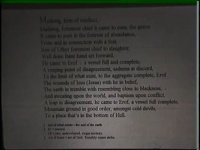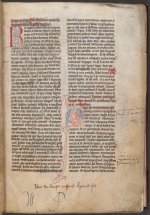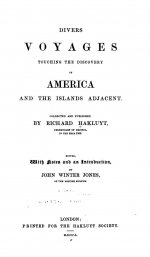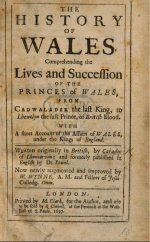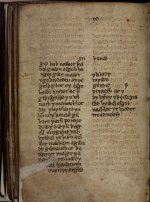Singlestack Wonder
Bronze Member
- Mar 28, 2014
- 1,711
- 2,627
- Detector(s) used
- Garrett AT Pro
- Primary Interest:
- All Treasure Hunting
- Thread starter
- #721
No treasure will be found either.
For none was buried there... and even if there was one... its long gone.
The existence of a "pit" would in itself indicate that whatever was once there ... be it treasure or otherwise... is and was then upon its first discovery... loooong gone.
No treasure or anything else that has been buried was found simply by the indication of an existing "pit"...
Holes / pits are left by those who have REMOVED something... NOT by those hiding something. heh
To me this makes more than perfect COMMON sense.
This is not just a "theory"...
This is factual and first hand... BEINGS... I have been digging holes since I could crawl. heh
Enough to know that a simple divot in the ground means someone before me already dug it.
The discovery of a road(s).. that IMO was buried after its use is definitely indicative of a need to someone for something... that was later obviously hidden by covering... or just a base of rock under fill to add stability for heavy equipment in the early days of treasure hunters.
After all... it would be hard to get any large / massive equipment to any location on that island without building stable "paths / "roads".
The simple fact that a "hole" / "pit" was what was originally found is an obvious clear sign of one of two things.
1. Treasure was removed.
2. There was no treasure and was a structure intended for something else completely.
But a “money pit” has never been found. The only holes or pits “discovered” are the holes dug by previous searchers.
There was never a money pit with a vast treasure on hoax island, period.


